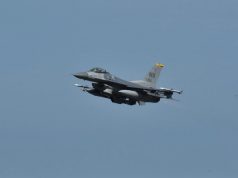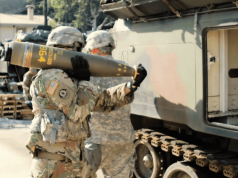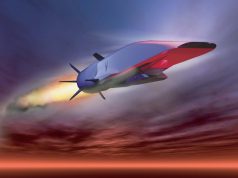The US Department of Defense on Tuesday awarded 18 research projects through the University Consortium for Applied Hypersonics (UCAH), with a total value of approximately $25.5 million over three years.
The consortium was chartered by and operates under the oversight of to Office of the Under Secretary of Defense for Research and Engineering’s Joint Hypersonics Transition Office (JHTO), which is responsible for accelerating hypersonics technology development.
The projects will advance the state of applied hypersonics research while building the hypersonics-focused scientific and industrial workforce.
“These awards are an important step for DoD and the University Consortium,” Gillian Bussey, Director of the JHTO said. “Each project is led by a UCAH university partner, bringing together expertise from across the nation to tackle tough hypersonic problems. These projects allow us to move our capabilities to the next rung up the ladder, and also provide a way to engage students in hypersonic research and connect with industry and the national labs, building the workforce we will need in the future.”
Research teams supported by the awards include participants from 29 universities across 19 states, 15 industry partners, three National Laboratories, and four international partner universities. Of the university partners, 14 are from minority-serving institutions.
“We’re casting a wide net,” Bussey said. “Collaboration across disciplines and between different players in the hypersonic world is essential if we’re going to move forward in developing capabilities and our workforce. This is one of the key reasons we established the University Consortium last year, and I was very pleased to see that the proposals we received incorporated strong, multi-organizational and cross-disciplinary teams.”
The JHTO, through the University Consortium, is planning on awarding additional research and prototyping contracts over the next several years. The JHTO released two more solicitations in late June and another in September. While the research projects are important, Bussey was quick to note that the UCAH is about more than project solicitations.
“We are really building an ecosystem for the hypersonics enterprise, one that can cross-pollinate ideas, help us to better understand our future workforce needs and develop that workforce, and one that can help us figure out how to better move technologies from the laboratory to operational systems.”
This latter issue, known colloquially as the “Science and Technology Valley of Death,” often plagues program development. “We are well aware of this problem, and have the right tool in the UCAH to help us resolve it,” Bussey said.



























